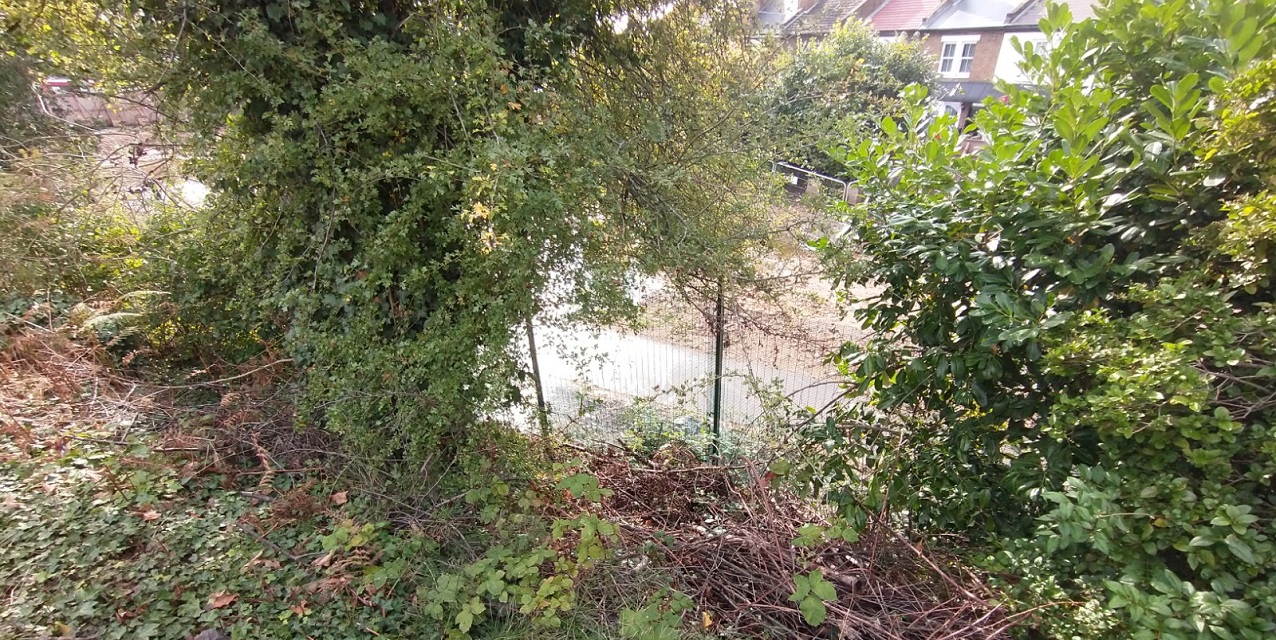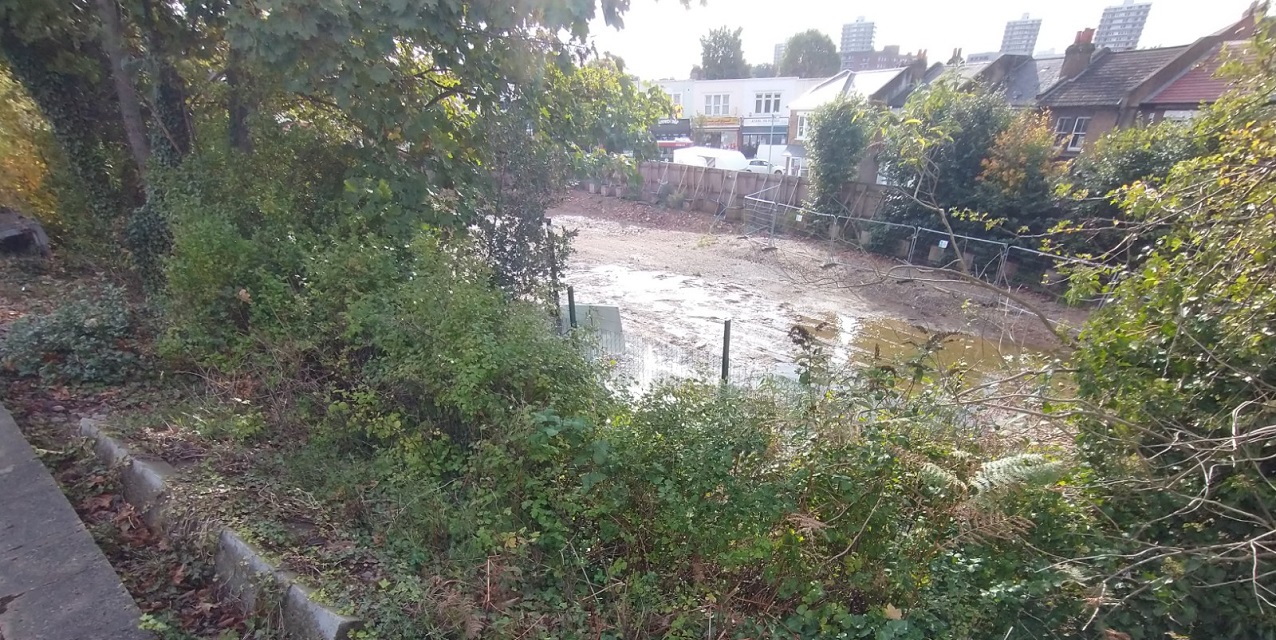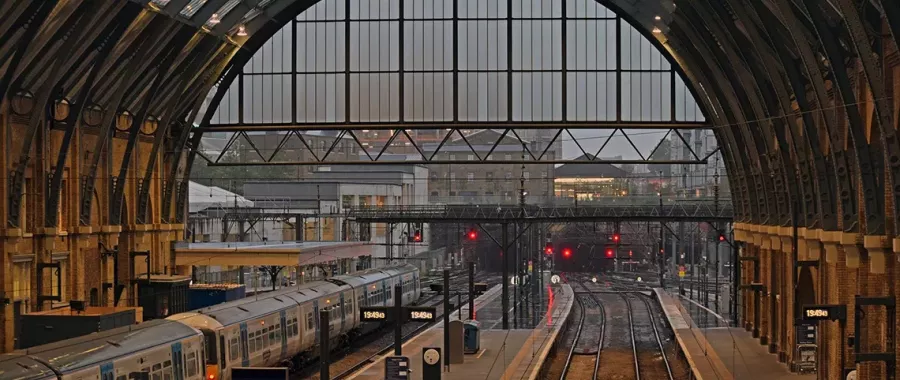Situated in a busy commuter suburb, Kingston and Norbiton stations cater for millions of passengers every year. With major construction works taking place near the railway line, accurate ongoing monitoring was required to highlight any potential ground movement and prevent it from having any damaging consequences.
Summary of works
Project name: Kingston Community School monitoring, installation, maintenance and decommissioning
Places: Kingston Community School, Kingston-upon-Thames, Surrey
Site location: Coombe Rd, Kingston upon Thames.

Case Study
Project Details

Norbiton station is a busy hub for south-west London commuters, providing a journey time of just over half an hour into London Waterloo.
Adjacent to one section of the down-line track at Kingston is a compact section of land that is subject to major redevelopment. Led by Vinci Construction UK Limited, the aim of the project is to build a 420-place primary school – Kingston Community School – alongside 19 residential homes.
With space at a premium, however, the design of the school building incorporated a number of innovative elements, including a rooftop playground and an underground sports hall, which required extensive excavation work to be carried out
Norbiton station is a busy hub for south-west London commuters, providing a journey time of just over half an hour into London Waterloo.
Adjacent to one section of the down-line track at Kingston is a compact section of land that is subject to major redevelopment. Led by Vinci Construction UK Limited, the aim of the project is to build a 420-place primary school – Kingston Community School – alongside 19 residential homes.
With space at a premium, however, the design of the school building incorporated a number of innovative elements, including a rooftop playground and an underground sports hall, which required extensive excavation work to be carried out
The scale of this work and the proximity of the site to the railway line were a cause for concern. In particular, the distance between the main excavation and piling locations at the development and nearby railway embankment presented a risk that the excavation, earthworks and piling phase would cause the embankment to become unstable. If this were the case, it could lead to movement and deformation, resulting in changes to track geometry and, ultimately, the possibility of trains being derailed and lives being put at risk.
SOCOTEC Monitoring was engaged by Vinci Construction to install, commission and maintain trackside monitoring instrumentation, providing continual 3D measurements of the embankment to detect any unexpected movement while also observing any cant and twist deviation in the rails themselves.

Monitoring system
The embankment monitoring was located 30m from the centre of the worksite, directly opposite the basement excavation. It comprises a series of prism-topped fibreglass stakes, which were driven into the crest, mid-slope and toe of the embankment in order to generate a continual stream of measurements and detect any three-dimensional movement and deformation.
Ideally, these measurements would be recorded by the Automated Total Station (ATS) located on the trackside of the boundary. However, as a suitable location was unavailable, the instrument had to be installed on the site-side of a 3m tall boundary fence. This necessitated the design and build of a bespoke 4m tall, cantilevered, caged podium to provide line-of-sight between the ATS and the embankment monitoring prisms.
With no mains power supply available on site, the ATS and wireless gateway for the track monitoring also had to be powered by a bank of four solar panels to secure the constant power required for regular ongoing readings.
There were further challenges associated with the position of the ATS given that it was less than 1m from the line of sheet piles that were due to be installed, introducing the potential for disruption from vibration and the risk of the instrument’s level being compromised. To overcome this, the ATS podium was mounted on an anti-vibration mat, ensuring the worst of the vibrations would be absorbed and the readings unaffected. An automated, self-levelling tribrach was also installed, keeping the instrument level in the event that the newly poured concrete plinth subsided.
At track level, automated tilt-sensors were required to closely monitor the 123m section for any signs of cant or twist changes beyond tolerance, with a track geometry survey providing baseline measurements for comparison. Access to the line for installation of the sensors was severely restricted, requiring close co-ordination with the owners, Network Rail. The SOCOTEC Monitoring team was able to manage this on the client’s behalf, drawing on our experience of undertaking trackside works during scheduled line blockages.
In total, the monitoring solution comprises:
- Automated total station with custom control enclosure, reading 33no 3D embankment monitoring points
- Loadsensing wireless tilt nodes and gateway, monitoring 123m of track
- Custom-built solar-powered battery bank and cabinet
- Custom-built 4m cantilevered secure podium with security fixings and instrument cage.
Less than a month after being awarded the contract, the system was fully installed and background monitoring on the embankment and track was able to commence, providing baseline measurements. From this point, consulting engineers were then able to scrutinise hourly data via SOCOTEC Monitoring’s online data portal, Calyx OMS. The system was set up to trigger an alarm if movements were recorded during the works that were outside of acceptable parameters.
The rapid installation of the automated monitoring system – coupled with the agile responses to the various challenges of the job – ensured that Vinci Construction did not experience any costly delays to its work programme, which included pre-booked piling rigs. The ATS has delivered hourly readings throughout as required, and data has been unaffected by any vibrations generated by site activities such as sheet piling, despite being only metres away.
Most importantly of all, the monitoring solution has provided peace of mind to both Network Rail and Vinci Construction UK that the site development caused no negative impact to the railway or the many users who depend on it.





